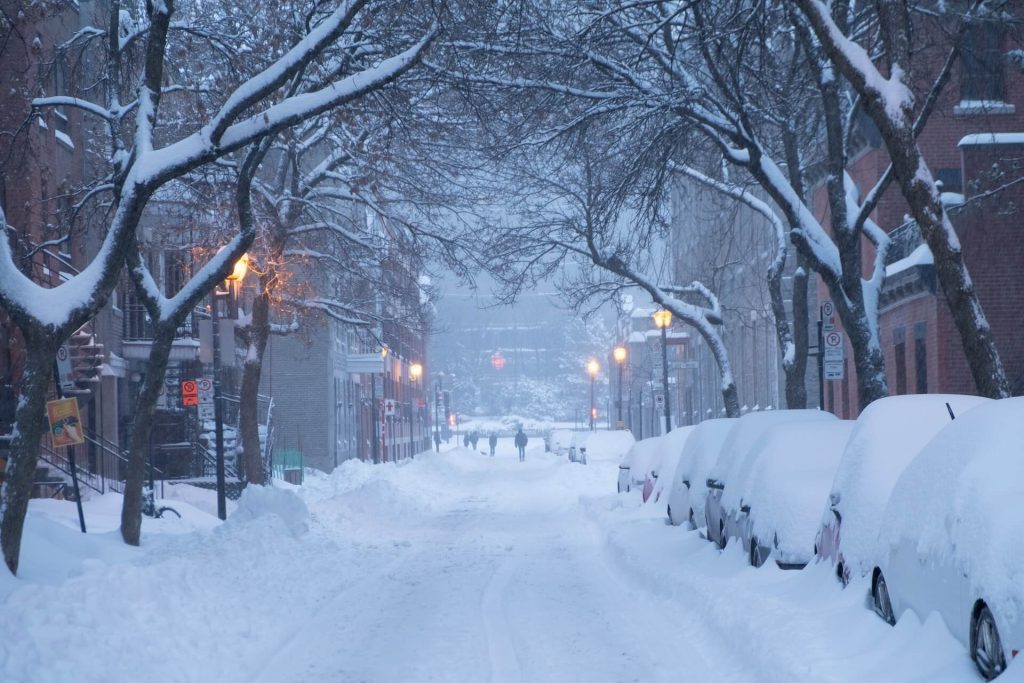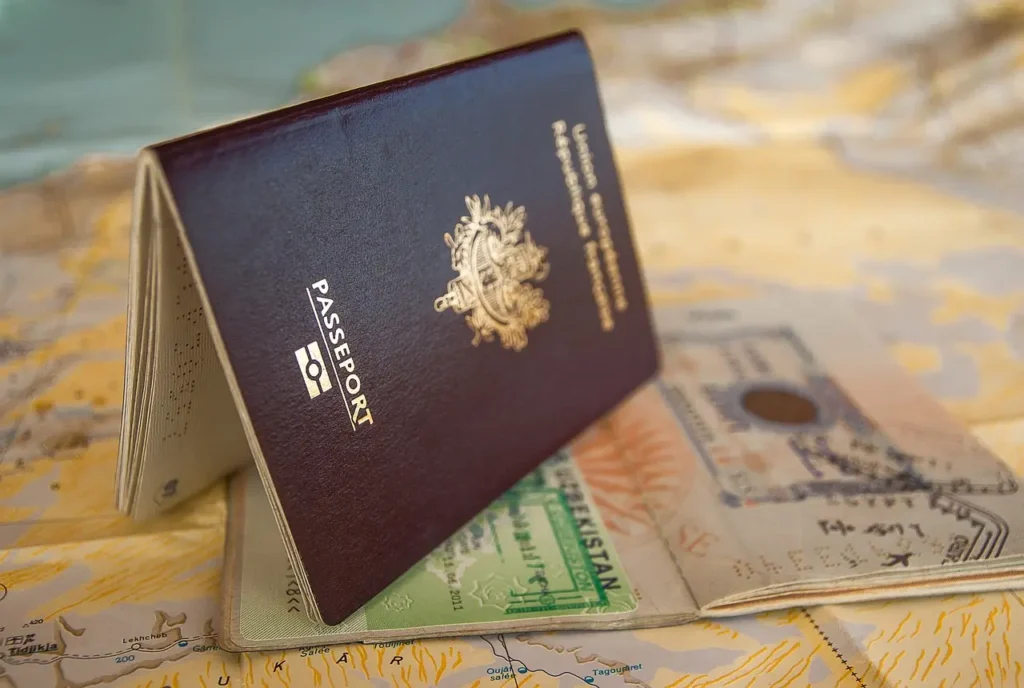As an international student preparing to study in Canada, it is essential to understand the challenges posed by the country’s harsh winters. Canadian winters are notorious for their freezing temperatures, heavy snowfall, and icy conditions. In this article, we will provide you with valuable insights and tips to help you prepare for the winter season so that you can stay safe, warm, and enjoy your time as a student in Canada.
Understanding Canadian Winters
Climate and Weather Patterns
Canada experiences diverse weather patterns, with winters varying significantly based on the region. Coastal areas may have milder winters, while central and northern regions face extreme cold.
Snowfall and Freezing Temperatures
Snowfall can be substantial in many parts of Canada, leading to snow-covered landscapes and challenging commuting conditions. Freezing temperatures often dip below zero degrees Celsius, requiring proper preparation to stay warm.
Duration of Winter
Canadian winters can last for several months, typically from November to March. It is crucial to be prepared for the long duration of the winter season.
Essential Winter Clothing and Gear
Winter Coats and Jackets
Invest in a high-quality winter coat or jacket that is insulated and waterproof to protect you from the cold and snow.
Layering for Warmth
Layer your clothing to trap body heat and stay warm. Thermal base layers, sweaters, and fleece-lined leggings are excellent choices.
Insulated Boots and Waterproof Shoes
Choose insulated and waterproof footwear to keep your feet dry and warm during snowy days.
Gloves, Hats, and Scarves
Don’t forget to wear gloves, hats, and scarves to protect your extremities from the biting cold.
Thermal Socks and Leggings
Keep your feet and legs warm with thermal socks and leggings to prevent frostbite.
Preparing Your Home
Insulating Windows and Doors
Properly insulate windows and doors to keep the cold air out and the warm air in.
Heating Systems and Maintenance
Ensure your heating system is in good working condition, and schedule regular maintenance to avoid any breakdowns during the winter.
Winterizing Your Car
If you have a car, prepare it for winter by checking the battery, tires, and antifreeze levels.
Stocking Up on Supplies
Stock up on essential supplies, including non-perishable food, water, flashlights, and batteries, in case of any winter storms or power outages.
Staying Safe on Winter Roads
Understanding Road Conditions
Stay informed about road conditions and traffic updates, especially during snowy and icy weather.
Safe Driving Practices
Drive slowly, keep a safe distance from other vehicles, and avoid sudden braking on icy roads.
Preparing an Emergency Kit
Create an emergency kit for your car, including a first aid kit, blankets, a shovel, and sand or cat litter for traction.
Coping with Winter Blues
The Impact of Seasonal Affective Disorder (SAD)
Winter can bring about feelings of sadness and lethargy due to the lack of sunlight. Be aware of Seasonal Affective Disorder and seek help if needed.
Tips for Mental Well-being
Engage in activities that boost your mood, such as exercise, spending time with friends, or practicing mindfulness.
Engaging in Indoor Activities
Explore indoor activities like visiting museums, art galleries, or attending movie screenings to beat the winter blues.
Exploring Winter Activities
Winter Sports and Recreation
Embrace the winter season by trying out activities like skiing, snowboarding, ice skating, or snowshoeing.
Festivals and Events
Participate in winter festivals and events to experience Canadian culture and traditions.
Indoor Entertainment Options
Discover indoor entertainment options like theater performances, concerts, and local gatherings.
Connecting with the International Student Community
Joining Campus Clubs and Organizations
Get involved in campus clubs and organizations to meet other students and build a support network.
Participating in Winter Events
Engage in winter events organized by your university to have fun and make lasting memories.
Engaging in Cultural Exchange
Share your culture with others and learn about Canadian culture through interactions with local students and communities.
Seeking Support and Resources
University Support Services
Familiarize yourself with university support services that can assist you with academic, personal, or cultural challenges.
Health and Wellness Facilities
Know the locations of health and wellness facilities on campus and nearby areas.
Canadian Government Resources
Explore resources provided by the Canadian government to support international students.
Conclusion
Preparing for Canadian winters as an international student may seem daunting, but with the right knowledge and preparation, you can make the most of this unique experience. Remember to invest in suitable winter clothing and gear, winterize your home and car, practice safe driving, and take care of your mental well-being. Embrace the winter season by exploring outdoor and indoor activities, and connect with the international student community. By following these essential tips, you will be well-equipped to face the Canadian winter with confidence and enjoyment.
FAQs on Preparing for Canadian Winter: Tips for International Students
What is the average temperature during Canadian winters?
The average temperature during Canadian winters can vary significantly depending on the region. In central and northern areas, temperatures can drop well below freezing, often reaching minus 20 degrees Celsius or even lower.
How do I choose the right winter coat for extreme cold?
Look for a winter coat that is insulated with down or synthetic materials, and also has a waterproof or water-resistant outer layer. Ensure it provides adequate coverage and has adjustable features to keep cold air out.
Are there any winter sports available for international students?
Yes, Canada offers a wide range of winter sports and recreational activities for international students to enjoy, such as skiing, snowboarding, ice hockey, and snowshoeing.
Can I use public transportation during heavy snowfall?
Public transportation services in Canada are generally well-maintained and operational during winter, but it’s essential to stay updated on service disruptions and delays caused by heavy snowfall.
What are some winter activities popular among international students?
Many international students enjoy participating in winter festivals, attending ice skating events, and exploring winter sports during their time in Canada.



